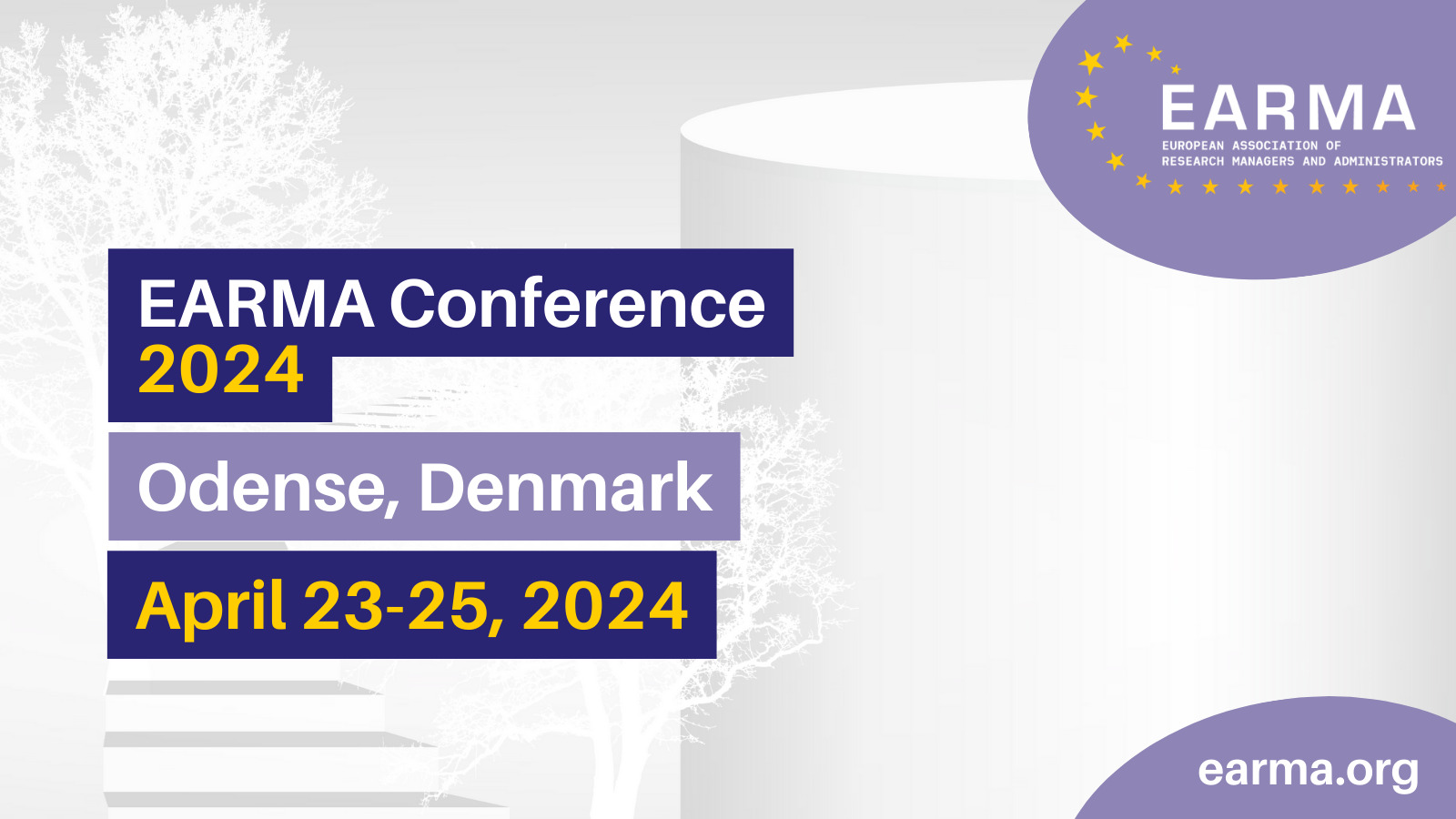Optimising outcomes and compliance with a RIMs
Optimising Research Activities and Compliance through RIMs: Data Quality, Open Access, and Large Language Models
Conference
Format: Fifteen-Minute Discussion Tables
Topic: IT Systems and tools supporting RMA now and in the future
Abstract
In our contemporary research landscape, the need for efficient and effective research management systems is paramount. At present, Current Research Information Systems (CRISs) and Research Information Management Systems (RIMS) - collectively referred to as RIMs in this abstract - are typically thought of as post-fact capture tools: highly effective at capturing and storing information once outputs are available but still primarily seen only as an administration tool. However, these tools are evolving and are being used at much earlier stages in the research lifecycle. They provide value-add functionality for users (and their institution) including, for example, enriching content using multiple data sources and Large Language Models (LLMs); to pre-award, and funder and Open Access compliance monitoring.
Improving data quality remains a challenge for research institutions and RIMs are increasingly at the forefront of this. RIMs are now able to improve data quality by ensuring data are complete, correct, connected, current and compliant. Considering the expanded scope of RIMs stakeholders, processes, and functionality to improve data quality are fast becoming standard requirements, amplifying the value of the data, and reducing the time a user needs to manage data quality.
The evolving dynamics of research funding and dissemination have seen a pronounced shift to Open Access. Increasingly, funders mandate that research outputs, especially those stemming from their funds, be made universally accessible. RIMs are invaluable tools to improve compliance and access by providing collecting, monitoring, and remediating functionality. By integrating institution, funder and journal directives into their submission and collection flows, RIMs can ensure that researchers and RIMs staff are aware of Open Access requirements, institutional agreements with journals, and funder reporting and dissemination requirements - boosting both compliance and impact of their scholarly contributions.
Large Language Models (LLMs) have brought new tooling to support RIMs users and their content. When integrated with RIMs, LLMs can perform automated document reviews and scans on full text documents to ensure funder-preferred license terms are present, based on training on funder licensing requirements. Appropriately licensed content can then be highlighted on research portals benefitting the institution and the field of research. LLMs can also enrich the list of keywords stored on a record, improving search options for internal stakeholders and visitors to research portals. As an added benefit, by summarising researcher outputs, the creation of researcher profiles is significantly easier with LLMs. Overall, LLMs can actively and pre-emptively address compliance risks and reduce the burden on researchers when highlighting their expertise.
In summary, for all users of a RIMs, making the most of functionalities and processes a RIMs provides is extremely important. The purpose and scope of the research domain and RIMs will continue to evolve. By championing high quality data and integration of advanced tooling, RIMs will continue to be the best tools to help institutions rapidly unlock their true research potential and adapt to changing collection and reporting requirements.


